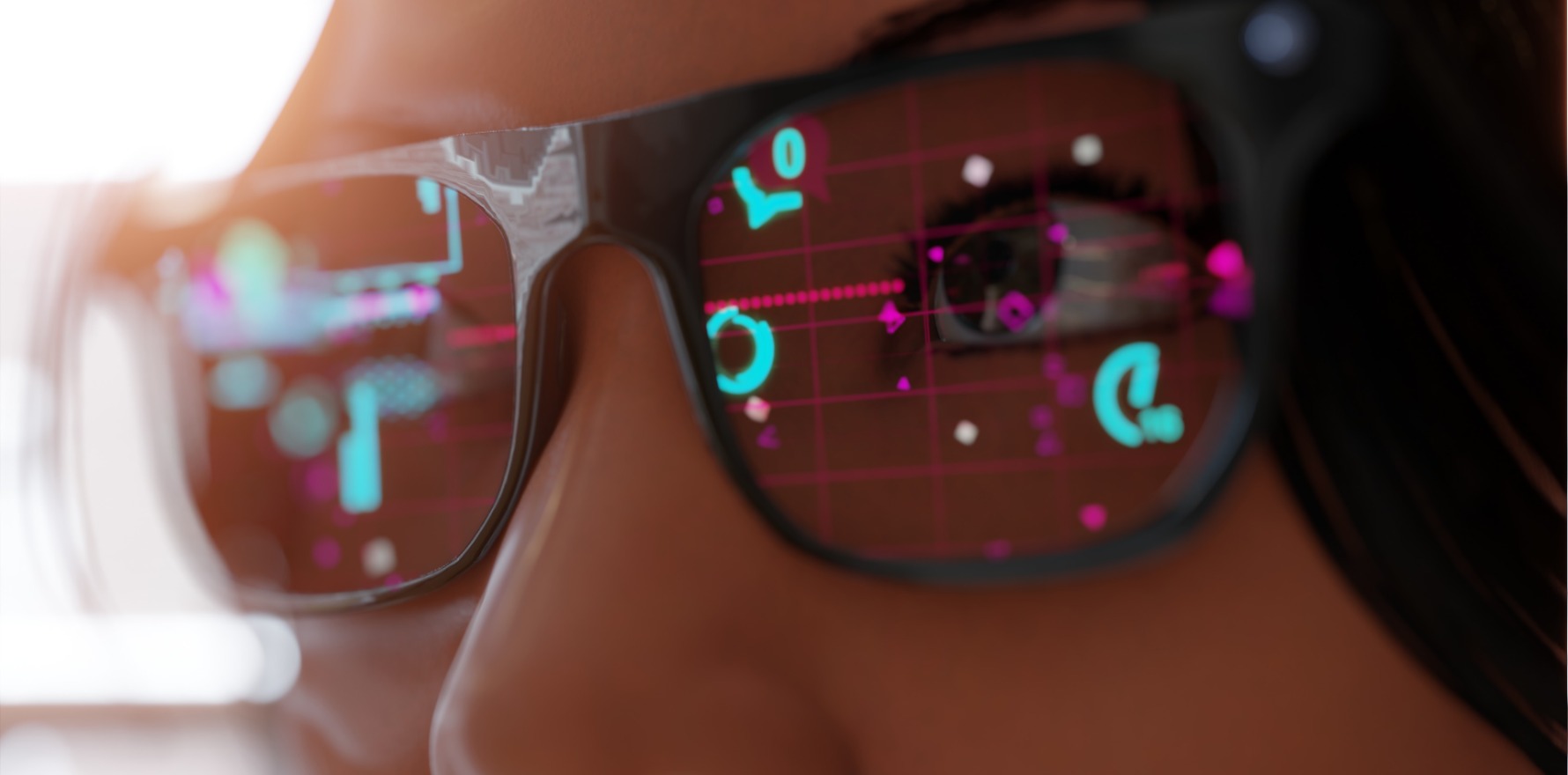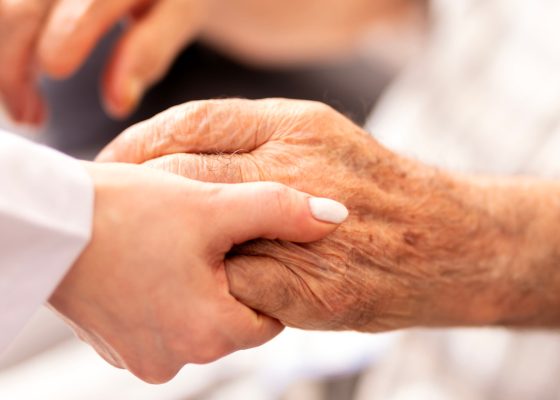An Australian-first technology collaboration is helping to train the next generation of nurses.
Curtin University nursing students are benefiting from a technology-based partnership with home care provider Silverchain.
Nursing students at Curtin University in Western Australia have been wearing smart glasses while completing home-based palliative care clinical placements.
Although students are paired with experienced registered nurses during their placements, wearing the glasses allows university staff to further supervise and guide studies remotely and in real time.
The smart glasses contain a built-in camera and live video streaming, which allows for real-time, hands-free collaboration between frontline care providers and remote clinicians.
The use of smart glasses in the home care setting aims to improve responsiveness, support safe decision-making, and strengthen the quality of care patients receive.
Connin Pinto, one of the nursing students involved in the program, told media that he has grown to appreciate the value of the new technology despite initially being intimidated by them.
“The smart glasses gave me a platform to show my clinical facilitator my nursing skills even though she was remote and I was able to receive feedback in real time which I really liked,” he said.
“I am excited to see how these smart glasses are implemented into further placements, as I believe they are a very valuable piece of equipment.”

Connin Pinto wearing smart glasses while talking with Silverchain Registered Nurse Carol Pullen. Image: Silverchain
Related
Silverchain chief executive Dale Fisher AM said the technology would transform the delivery of home-based care across the country.
“Australians are demanding greater choice and flexibility in how and where they receive care, and technology is increasingly playing a vital role in making that possible. By equipping nurses with the tools to deliver high-quality care at home, we’re building a more responsive and resilient workforce for the future,” he said.
“The integration of this technology has already led to improve patient outcomes and efficiency. It reduces the need for follow-up appointments, enhances medication management and wound care reviews, and helps prevent unplanned escalations – all of which contribute to easing the pressure on the broader public health system.”




